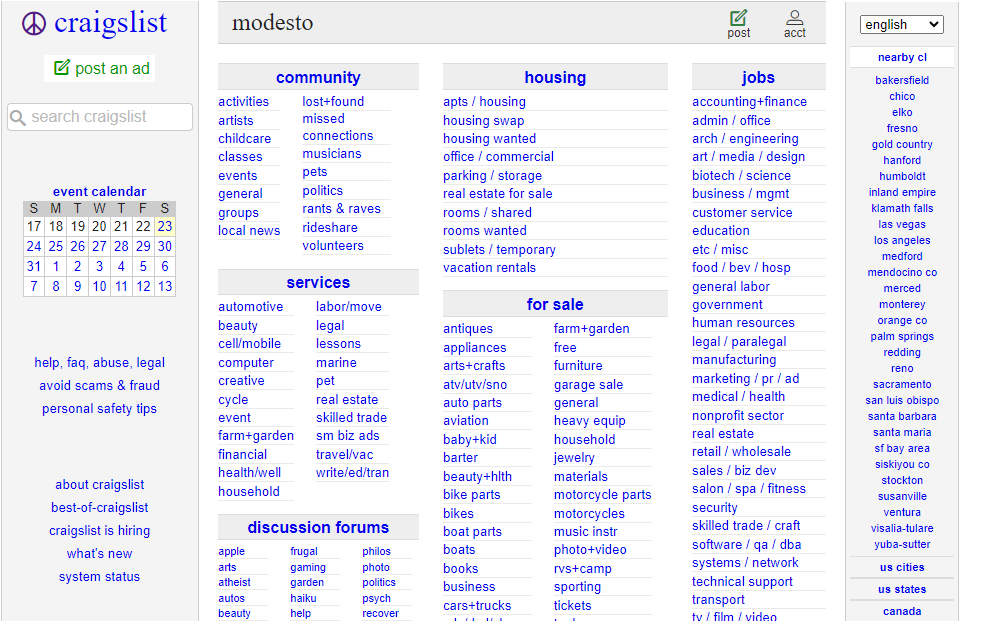Have you been thinking about starting an eCommerce business? You might surely be wondering about the hassles of managing the inventory. This is a genuine fact about running any kind of buying and selling business –you need a stock to sell, and managing stock is not an easy job. Probably, inventory is one of the biggest reasons why many bright entrepreneurial minds feel skeptical about this business idea.
Running a retail business is a complicated job. Especially, the traditional online model for selling goods is very complicated for small ventures. You need a hefty investment to prepare the stage for the business, replenish inventory, and manage warehouses, logistics, shipping, and customer care. Luckily, eCommerce has come a long way from the traditional routes to enable us to sell items online without inventory.
How to start an eCommerce business without inventory?
Today, software solutions and modern infrastructure allow entrepreneurs to experiment with different business models. Some of them don’t even demand stocks and allow you to start a no inventory online store in a few hours. You can run a full-fledged eCommerce business and open online store without inventory or warehouses. Let’s discuss all these ideas one-by-one.
1. Start a multi-vendor marketplace platform
The multi-vendor marketplace model is the oldest way to sell items online without inventory. Popular marketplace businesses like Alibaba, Amazon, and Etsy follow this model. They allow other retailers and vendors to create a storefront on their websites and sell their products from there. In return, the merchants give commissions on every sale they make from these platforms. Although Amazon and others also sell their own products from in-house inventories, their primary source of income is still the commissions from the vendors.
You can start a similar marketplace site like these and run an eCommerce business without an in-house inventory. The sellers on your marketplace will be responsible for managing their stocks. Your business will act as an intermediator who will connect these sellers to their customers, and make money from the commissions. Besides, you can adopt various other revenue sources as well to make money. For example, fees for showing featured products, sponsored products, featured sellers, etc. There are tons of ways to make money in this model besides commissions. You just need a good multi-vendor marketplace solution to start this business.
2. Start a Multi-level Marketing platform (MLMs)
Multi-level marketing or so-called MLM is not an easy business model. However, for those who can crack it, it’s a source for massive revenue without investing in an inventory. Depending on how you recruit people to work with you for selling in their circles, it’s an ultimate way to start an eCommerce business without inventory.
Create a website to sell without inventory and get in terms with MLMs whom you can direct your customers to. You can also think about attracting new customers to you. If your MLM deals in unique and exclusive products, you can leverage the situation to find new customers to sell them. You just have to focus on acquiring good traffic to your site using the best SEO strategies.
Most of the MLMS have common warehouses or collection centers to store inventory. You can pick the orders from there and distribute them. Alternatively, you can also direct the orders directly to the MLM and have the products shipped to your customer directly. The more you sell, the more you make in the MLM model. The margins are not much, but enough to run a small eCommerce business without having to manage an inventory.
3. Use third-party fulfillment options (3PL)
We also call this model as 3PL, where a third-party logistics company manages most of the hassles for your business: Storage, Shipping, and Customer support. This is not actually a model to sell items online without purchasing an inventory, but it does allow you to avoid the hassles.
You are responsible for purchasing the inventory you want to sell. After that, you have to send your entire inventory to a 3PL company that will manage it on your behalf. You will list all the products in your inventory on your eCommerce website, and customers will order for them. Your website will link to your 3PL’s CRM, which will share your orders with them. The 3PL company will ship the orders directly to the customer with your company’s branding. For storage services, you will be paying a monthly fee to the 3PL company. Besides, they will also charge an order fulfillment fee on each sale to make up for the shipping costs.
Working with a 3PL company is a great way to avoid the hassles of managing an inventory. They also manage the shipping and return for you. If you think, you can invest in the supply-chain but not warehouses and shipping services, 3PL is for you. You can work with Amazon FBA, which is a great 3PL service for merchants and retailers.
4. Start dropshipping for suppliers
Dropshipping is a more business-friendly adaptation of a multi-vendor marketplace model to sell products online without inventory. The model demands you to find a reliable supplier to meet your supply-chain requirements. The supplier could be anyone: retail vendor, distributor, wholesaler, or manufacturer. As a dropshipping store owner, you will be an intermediary between your supplier and its customers. The supplier will manage the shipping and inventory of their products.
You can build an online marketplace with dropshipping-based multi-vendor marketplace software. The supplier will provide the products you can list on your site. This happens through the integration of an API from your supplier that synchronizes your suppliers’ inventory with your listings. Customers will place orders on your site and pay for them. The API will transfer the orders to the supplier, and they will ship the orders directly to the customers with your company’s branding. You will be responsible for managing customer support. Most of the earnings in a dropshipping model come from the margin between the wholesale price and retail price of the products you source from suppliers.
Note: You must find reliable suppliers for your business. Since your business depends entirely on the suppliers, it’s also important that you can trust them for quality control of the products. Be extremely careful while finding dropshipping suppliers for your business.
5. Build an affiliate store
This is the easiest method to sell items online without inventory. It’s so simple that you can do it right from your home without any help. To build an affiliate store, you need to sign up for some good affiliate marketing programs in your target niche. For example, you can sign up for affiliate programs of Amazon, Etsy, eBay, and Best Buy together. After completing the sign-up process, you will get unique affiliate links for each product listed on their stores. Select the ones you want to sell, and list them on your site with respective affiliate links.
You can create a simple blog or eCommerce site to list these products. Alternatively, you can share the affiliate links through social media as well. With some SEO and marketing, the customers will find your listings. Once they click on the buy now links, they will go to the respective affiliate sites to complete the purchase. You will get affiliate commissions on every sale you direct to their sites. The only problem of this method is the low-income margin. The affiliate commissions are very low. It’s good for side-income but not suitable for making a living out of it.
To conclude
All these ideas have their difficulties. They are suitable for certain situations, while not so useful in many circumstances. It’s your job; identify the ideas that might work in your niche, location, and time. Analyze them, find out the products that work in respective models, how much can you spare for website development, and how you are going to manage the supply chain. In short, with some research and good software solutions, it is possible to start an eCommerce business without a proper inventory. You just need to decide, which model works best for your business idea.
I am a professional blogger, guest writer, Influencer & an eCommerce expert. Currently associated with ShopyGen as a content marketing strategist. I also report on the latest happenings and trends associated with the eCommerce industry.
Follow me on Twitter @Jessicabruc (https://twitter.com/Jessicabruc)








Add Comment